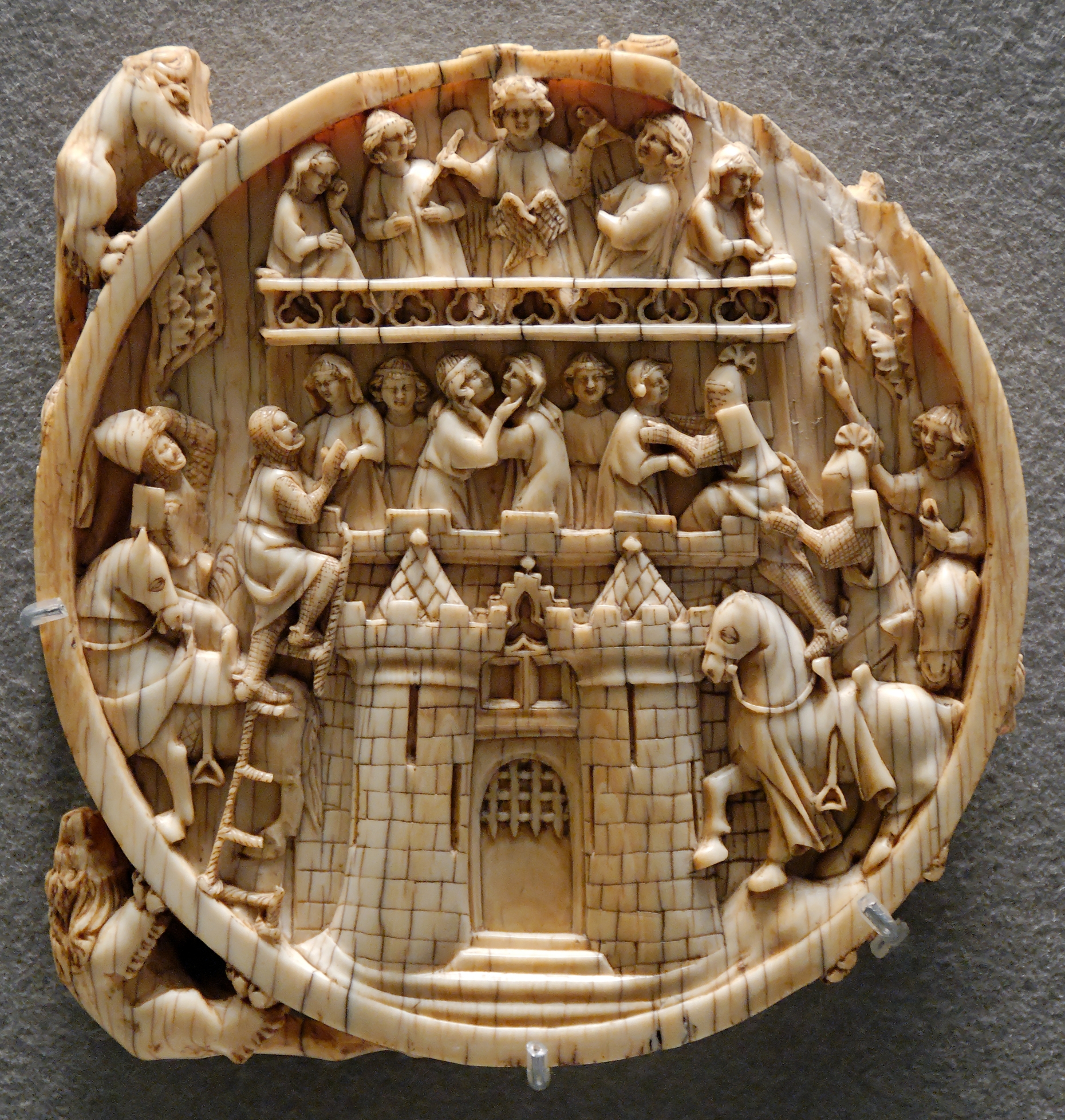Guest Post from NYC
I would lie if I did not say that there are qualities of this city that make family life different from the one I experience when I visit my extended families in Nevada or Massachusetts. In New York City, school buses are only deployed for field trips as the city has a massive transit system which offers students a monthly card to ride public transportation to and from school for free. This means that sometime in middle school, most students start traveling to and from school without their parent. When I was growing up, I was given a beeper (remember those!) which allowed my mother to check on me whenever she wished and required that I respond within 20 minutes as any subway trips I took underground were rarely so long as to make that difficult to achieve, and if I were taking such a long trip she expected to know about it before hand. This liberty permitted me to visit friends, and the extended circle of my mother's close girlfriends who acted as aunts, on my own. I went to the Donnell library (now closed) across from MoMA on my own starting at eleven, the Met alone for the first time after school when I was twelve, tae kwan do in the village when I was twelve, guitar lessons in Brooklyn when I was fourteen, staying late at the theater where we had rehearsals when I was thirteen and coming home on the cross town bus in the wee hours of the night during tech week. My "aunties" met me for flea market shopping on the weekends, and once joined me for lunch when she walked into the restaurant where I had decided to get a bite. Both children and adults are accustomed to an unusual degree of freedom in their wandering.
On the other hand, we can be as close knit and present as can be found anywhere. When one of my aunties was dying two years ago, I was there to help her daughters sort through books, and other odds and ends. One of her daughters and I developed a closer relationship and this last week I visited her father who is now in the hospital himself. As the hurricane was headed towards us, I spent Friday night with her because her husband is out of town, she has two year old twin sons, a sweet but elderly dog, and Saturday morning needed to be at the hospital to help her father. We planned the morning so that she would return in time to let me get on the subway back to Brooklyn before noon when all public transportation was being shut down as a safety precaution. On the subway at 11:45, I watched in each station increasing levels of closure, and the other passengers and I chatted about our own preparations–one woman was looking forward to having nothing else to do but study for the patent law bar exam. In my neighborhood, the stores were full of people buying bottled water and tinned goods of course, but it was just as often seltzer and cans of tuna fish in olive oil, or dolmades, rice stuffed grape leaves. The prosciutto was gone before the ham, aged parmesan before cheddar, and the liquor stores were booming because New Yorkers are foodies even in a crisis. We laughed and chatted in line with each other, envying those who had gotten the last vine ripened tomato, lemon for their tuna, or 75% dark chocolate with orange.
I arrived home to tend to my own apartment and cat before heading to my partner's. The texts were a flurry as aunties ensured that I would not be alone, girlfriends checked to make sure we were stocking necessities, such as candles, and shared tips, like filling bath tubs with water in the case of a water shortage. My local taxi company made sure that I had a car ready to take me to Tim's where he was moving canvases to a higher level, caulking any cracks he could find, and sealing windows. We walked his dog during a break in the rain, and continued to respond to all the calls and texts of concerned loved ones in this incredible network. As the day wore on and we were secured with white wine, grilled chicken (it was in the freezer and might as well be made edible), dried figs, and pots of water seemingly everywhere we remarked at the fact that we spend our years building professional networks only to find that they too become a part of our closer circle. We asked people who are now friends about their galleries, their offices, their children, their pets, their water supplies, their gastronomic preferences and went to sleep curious about the storm but entirely secure in our sense of love.
As New Yorkers, we may be rude, disinterested, obnoxious, pushy, snobbish, elitist, superior, opinionated, suspicious, diffident and demanding. In this sometimes difficult city, we may be difficult in response. Nonetheless as anywhere, as family, we bicker and we bolster. As friends, we gossip, goad and champion. We love just as love loves the world over. You may not see our charms on your first weekend visit. You may not see them the next time either. But if you keep coming back, in due course, we'll show you not only our favorite hot spot, but our hearts as well.





















